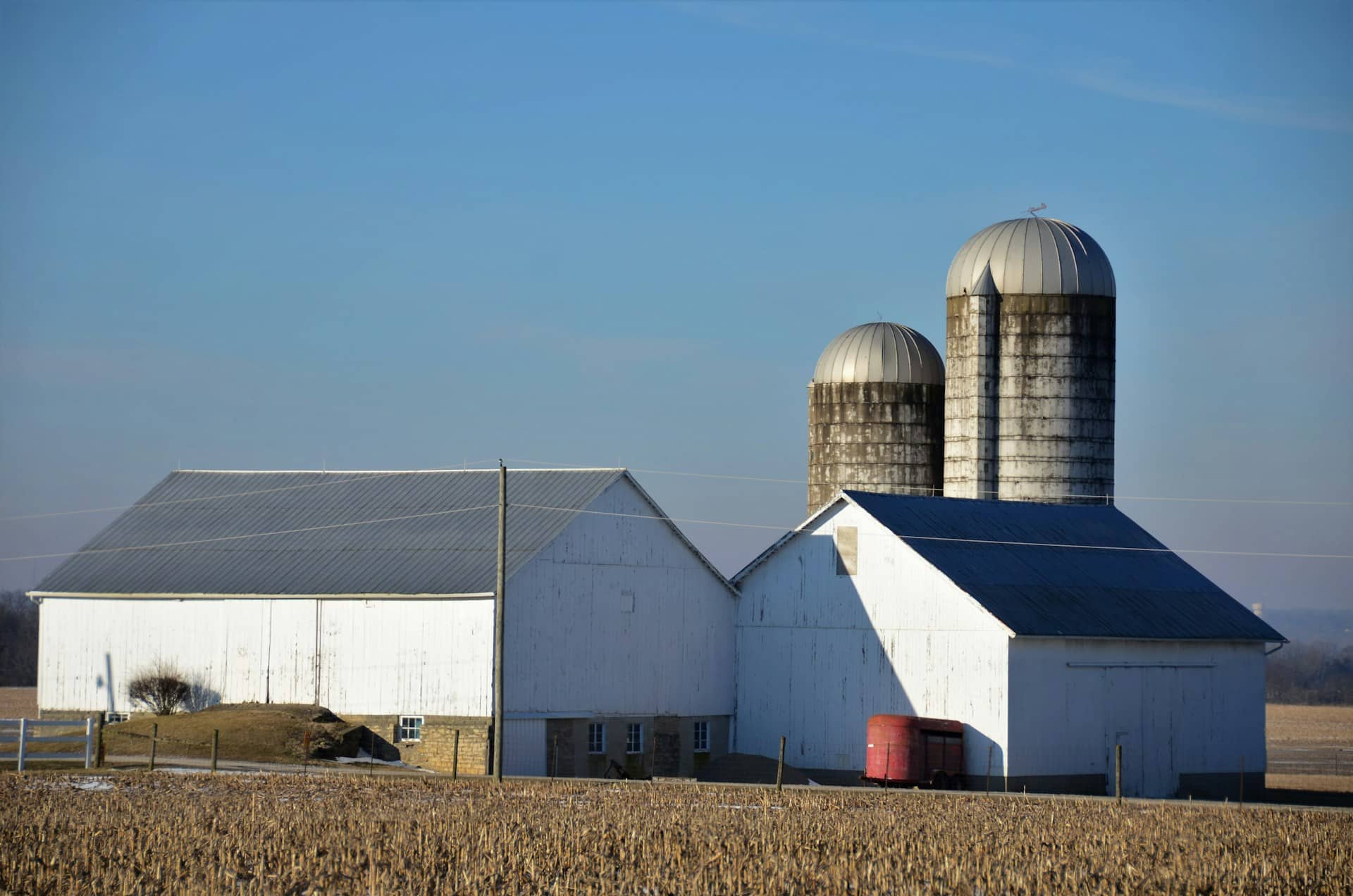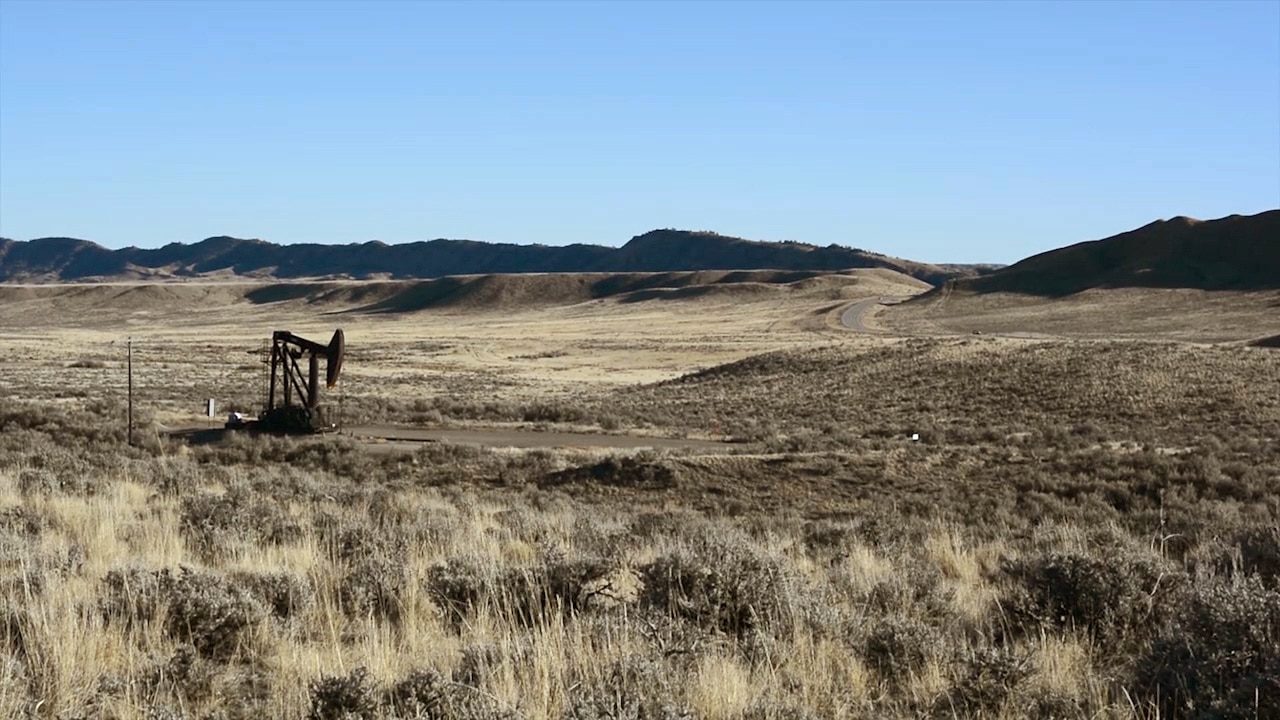View/Download this article in PDF format.
SEC. 1002. PROJECT AUTHORIZATIONS
Automatically authorizes all projects for which there is a completed Chief’s Report that the Asst. Sec. has referred to Congress.
SEC. 1003. PROJECT REVIEW
Allows projects to exceed their congressionally authorized cost (note under Sec 902 of WRDA 1986, a project that exceeds authorized cost by 20 percent has to be reauthorized by Congress).
Asst. Sec. submits to Congress a certification that the project needs to exceed its authorized cost in order, 1) “to protect life and safety, maintain critical navigation routes, or restore ecosystems”, 2) continues to provide benefits identified in the Chief’s Report, 3) for construction projects, a delay would cost money and the amount requested for the project in the President’s budget or in a work plan for the expenditure of funds for the fiscal year during which the certification is submitted will exceed the authorized cost of the project.
**While a new benefit cost analysis is mandated, the project does not have to satisfy a new BCA or a remaining BCA.
**The project simply needs to be in the President’s budget request or in a Corps produced work plan for slush-y funds provided in Appropriations.
Additional information to accompany certification:
- comprehensive review of the project and why it costs more,
- an expedited analysis of the updated benefits and costs of the project (but will not stop it)
- the new cost of the project
This provision expires after three years. Presumably because the Senate assumes they will be back to earmarking at that time.
SEC. 2003. CONTINUING AUTHORITY PROGRAMS
Increases the maximum funding level for all of the small projects done under continuing authorities. For Project modifications for improvement of environment, waives the requirement that the entire 25 percent non-federal cost-share cannot be in-kind contributions (currently 80 percent of the 25 percent can be in-kind, the remaining must be cash)
SEC. 2004 CONTINUING AUTHORITY PROGRAM PRIORITIZATION
A year after enactment the Asst. Sec. has to publish in the Federal Register and internet criteria for prioritizing funding provided for CAP projects, the status of each project, cost estimate for completion.
SEC. 2009 HYDROPOWER AT CORPS OF ENGINEERS FACILITIES
This section cites a 2012 Oak Ridge National Laboratory study and cherry picks the results to promote hydropower development at Corps dams, even making it a priority mission putting it for the first time on par with navigation, flood and storm damage reduction, and environmental restoration. According to the study cited, the actual power production from Corps dams is roughly a third of the max production analysis the bill points to. One concern would be that revenue from non-federal hydro development would be used to reduce inland waterway user contributions rather than reduce federal taxpayer contributions. Barge interests win, taxpayers lose.
SEC. 2010 CLARIFICATION OF WORK-IN-KIND CREDIT AUTHORITY (Drafted for Louisiana Only)
This cleverly amends WRDA 2007 (which allows it to benefit Louisiana without explicitly stating as such) to allow in-kind credit for non-federal entities’ work on studies, programs (added this bill), or projects conducted on or after (previously only before) an agreement was signed. Also allows any in-kind contribution for one study, program, or project that exceeds the cost-sharing level of that project to be applied to other projects.
SEC. 2011 TRANSFER OF EXCESS WORK-IN-KIND CREDIT
Amends Flood Control Act of 1970 to allow transfer of in-kind contribution for one study, program, or project that exceeds the cost-sharing level to apply to other projects. (for flood risk reduction or environmental benefits).
SEC. 2012 CREDIT FOR IN-KIND CONTRIBUTIONS
Amends Flood Control Act of 1970 to give in-kind contribution benefits to “environmental infrastructure” projects (this was a slush fund system set up by former Reps. Bud Shuster (R-PA) and Jack Murtha (D-PA) to get Corps pass through funding for wastewater and water supply infrastructure – which are not primary mission areas of the Corps and duplicate existing EPA loan programs). It also provides in-kind contributions to count for work before or after a federal/non-federal partnership agreement is signed. It also allows transferability of credits. The only taxpayer protection is that work done before an agreement is signed does not affect the before project condition (which could skew the cost-share analysis).
SEC. 2022 RESTORATION OF FLOOD AND HURRICANE STORM DAMAGE REDUCTION PROJECTS
Authorizes $250 million for the Asst. Sec. to restore flood and storm damage projects to authorized level of protection if settlement, subsidence, sea level rise, or new datum reduce the level of protection and the work is “feasible” (unclear if this includes a full BCA and alternatives analysis). This is a sweeping provision considering that almost by definition Corps project protection starts to erode the day it is completed. This even provides for Corps involvement in projects that have been transferred to the non-federal interest. The bill has a 10-year authorization, but asks if it should be permanent.
SEC. 2023. OPERATION AND MAINTENANCE OF CERTAIN PROJECTS
The Secretary may assume operation and maintenance activities for a navigation channel that is deepened by a non-Federal interest prior to December 31, 2012.
**Has to be on a federal waterway, already authorized by Congress, economically justified and environmentally acceptable
Allows non-federals to jumpstart navigation deepenings. These could be projects that might not be in the national interest, which is why they have not been funded. (This provision is narrow enough it appears to be written with specific projects in mind).
SEC. 2025. NON-FEDERAL PROJECT IMPLEMENTATION PILOT PROGRAM.
Within 180 days.
Evaluating having non-federal interests as project managers.
Identify up to 12 projects for flood risk management, hurricane and storm damage reduction, including levees, floodwalls, flood control channels, water control structures, and coastal harbor and channel and inland harbor navigation.
- Must have been previously authorized for construction
- Have received federal funds (any time in the past)
- Have an unobligated construction account balance (for more than 2 consecutive years)
- After execution of project partnership agreement, unobligated funds transferred for construction, and additional amounts can be made available (out of authorized appropriation of $25 million annually FY14-FY18)
- NO change to cost-share.
Seems to just be a way to accelerate a few projects. The question is whether having a non-federal actor responsible for project management will make a difference or if this is giving the fox keys to the henhouse. Decentralization is a problem now (Districts being responsible for planning and not analyzing regional or watershed impacts of projects), so more decentralization doesn’t seem like the right cure.
SEC. 2026. NON-FEDERAL IMPLEMENTATION OF FEASIBILITY STUDIES. (Pilot Program)
Within 180 days.
Allows non-federal interests full project management on feasibility studies.
Can use non-federal funds, and will be credited toward the non-federal cost share. (Not an increase in non-federal funds, just an acceleration of when those funds are paid)
Secretary may transfer balance of any unobligated amounts for the study, or from up to $25 million authorized to be appropriated annually.
*Each non-federal interest has 180 days to submit “detailed project schedule, based on full funding capability.”
SEC. 2029 MILITARY MUNITIONS RESPONSE ACTIONS AT CIVIL WORKS SHORELINE PROTECTION PROJECTS.
Tells the Corps that they can remove munitions that they pumped up on a beach as part of beach renourishment project and bill the DOD agency that discarded the munitions (this happened on a NJ beach).
SEC. 2030 BEACH NOURISHMENT
Extends federal beach nourishment 15 years beyond the life of the project (which is often already 50 years).
SEC. 2032 STUDY ACCELERATION
Institutes the 3-3-3 plan.
Feasibility studies must be completed within 3 years, cost less than $3 million federal cost-share.
Requires many NON-PUBLIC reports. If a project is too complex to meet these requirements, the Asst. Sec. must notify non-federal sponsor within 30 days, after appropriations are received, Asst. Sec. has 60 days to notify non-Federal sponsor any changes due to inadequate appropriations.
Report – within 18 months and then annually, committees get a report on implementation of 3-3-3 plan, number of projects, amount of time it takes to complete studies, and any recommendations for additional authority.
This report is not required to be made public.
SEC. 2033 PROJECT ACCELERATION
Makes the Corps the de-facto lead agency for Environmental Impact Study (EIS) review. An agency other than the Corps can be a joint lead agency (this includes a state or local government entity). At 33 pages long, this provision establishes quite a bureaucratic process, without being clear that there is much benefit to taxpayers footing the bill.
SEC. 2034. FEASIBILITY STUDIES
Within 180 days
Requires Asst. Sec. to determine a set of milestones needed for completion of feasibility studies.
Requires each District engineer create a detailed project schedule (based on full funding capability—a condition that almost never happens) relating to these milestones established by the Secretary.
Must notify the non-Federal interests of the schedule within 180 days (for projects that received General Investigations funds FY09-enactment of this section) and within 90 for those started after determination of milestones.
Provide an annual report that lists all detailed project schedules and explains any missed deadlines—released to the public within 14 days after committees receive it. So Congress gets first read.
SEC. 2035 ACCOUNTING AND ADMINISTRATIVE EXPENSES
On request of a non-Federal interest, the Secretary shall provide a non-Federal interest a detailed accounting of the Fed expenses associated with a project. Secretary shall have National Academy of Public Administration conduct a study comparing existing salary and admin expense procedures to having a separate admin expense account for the Corps.
SEC. 2036. DETERMINATION OF PROJECT COMPLETION
For certain Corps projects (e.g. flood damage reduction) the non-Federal interest takes over operation and maintenance when a project or separable element is complete. This provides the non-Federal interest the ability to challenge (and delay) that transfer, requiring the Corps to find an independent expert to determine whether it is complete. This could delay transfer as long as 6 months.
SEC. 2039. ACCEPTANCE OF CONTRIBUTED FUNDS TO INCREASE LOCK OPERATIONS.
This pilot program can use contributions but only to increase lock hours, not maintain existing lock hours.
- Secretary shall establish a pilot program for accepting and spending non-Federal money to increase the hours of operation of locks
- Pilot program shall not affect periodic adjustment of lock operations based on increases in commercial traffic carried out by the Secretary
- Requires a 180 day comment period before lock operation is modified
- Yet another report. This one on cost-savings and economic impacts from reduced lockage hours. Required within one year. This is provided to committees NOT TO THE PUBLIC.
- Before end of FY17 then annually, Secretary is required to report on pilot program. NOT FOR THE PUBLIC.
- Requires annual study of commercial use of locks and any necessary adjustments based on the review.
SEC. 2040. EMERGENCY RESPONSE TO NATURAL DISASTERS.
Adds “projects” and repair and restoration “to design level” at the discretion of the Corps to address major deficiencies.
This seems on one hand to be a wide loophole for projects to exceed their current scope. The existing damaged project may not have been “to design level” and the “modifications…to address major deficiencies” may be significant. On the other hand, it doesn’t give the Corps the flexibility to revisit whether the existing project is appropriate in the first place or if some lower cost and/or non-structural project would meet needs.
SEC. 2044. HURRICANE AND STORM DAMAGE RISK REDUCTION PRIORITIZATION.
Pretty vague. No prioritization based on BCA. Will cover Sandy impacted areas, but also anywhere else ever declared a Major Disaster…Ever.
p. 147 – Report, A) list of feasibility studies that have a signed cost share agreement and received funds since 2009 and B) projects authorized more than 20 years but are less than 75% complete OR undergoing change report, reevaluation.
Identify the projects in this report that meet the vague priority criteria. And provide a plan to expeditious complete these projects (why a 20-year old project that hasn’t been completed more than 75% leads one to question whether this is being targeted for particular projects. This would be projects authorized in WRDA 92 or earlier).
“Prioritization of New Studies”—studies recommended in a comprehensive hurricane protection study carried out by the Corps of Engineers (relates to studies required under the Sandy Supplemental) OR
Studies included in a State plan or program, created in consultation with the Corps or other relevant agency.
SEC. 2047 OPERATIONS AND MAINTENANCE ON FUEL TAXED INLAND WATERWAYS
Stipulates that the federal government would be responsible for 65 percent of the operation, maintenance, repair, rehabilitation, and replacement costs of flood gates and pumping stations that were constructed by the date of the act as part of an authorized hurricane and storm damage reduction project and cross an inland or intracoastal waterway (subject to the diesel fuel tax).
This appears to be targeted toward Louisiana and specifically the flood gates that are part of the Inner Harbor Navigation Canal Lake Borgne Surge Barrier which was constructed to protect New Orleans post-Katrina. This typically would be a non-federal expense.
SEC. 2049 PROJECT DEAUTHORIZATIONS
The Corps is estimated to have $60-70 billion in authorized projects not yet constructed in the backlog. While there is a great need for deauthorization, this provision appears to do little to improve the broken deauthorization process created in WRDA 86. This also includes a report in legislative language that was requested (but not mandated and thus ignored) in WRDA 07.
SEC. 4002. INITIATION OF NEW WATER RESOURCES STUDIES
This creates a structure to enable the Corps to conduct feasibility studies in the three years after this bill is passed. The structure is intended to encourage diversity of type of study and geography of the studies. With greater criteria and Congressional involvement, this could be a model for future feasibility study authorizations.
SEC. 7003 PROJECT DELIVERY PROCESS REFORMS
This section tries to back into the increased subsidy proposals of the inland waterway users board (IWUB). The section directs the Secretary to work with the IWUB and in one year submit a 20-year inland waterway capital investment plan. It then points to the Inland Marine Transportation System (IMTS) Capital Projects Business Model report the IWUB approved in April 2010, which includes a slight increase in the fuel tax (and a massive increase in the taxpayer subsidies that would increase from the already exorbitant 90 percent subsidy barge interests enjoy today). It also directs the Secretary to develop project prioritization criteria, but then directs that it ensure that investments go to all geographical areas of the inland waterway system which ignores the varying importance waterways have to the nation’s economy (spoiler alert, some of these waterways are deadbeats).
SEC. 7005 INLAND WATERWAYS SYSTEM REVENUES
In paragraph (b), the bill (1) establishes the sense of Congress that “existing revenue sources for inland waterways system construction and rehabilitation … are insufficient to cover the costs…” And then in subparagraph (2) stipulates “the issue described in paragraph (1) should be addressed.”
Wow, what leadership.
SEC. 8003 FUNDING FOR HARBOR MAINTENANCE PROGRAMS
This provisions requires that all funds from the Harbor Maintenance Tax (an ad valorem tax on the value of all the imported goods coming into the nation’s ports) plus interest be spent every year on harbor maintenance (currently only a portion of the total is spent, according to CRS more than $1 billion in annual revenues is generated with expenditures less than $700 million. This divergence has built up a surplus in the Trust Fund).
SEC. 8004 HARBOR MAINTENANCE TRUST FUND PRIORTIZATION
This section creates a system where if there is not enough funds to go around in a particular year that the ports are prioritized on the basis of high-use deep draft and where construction is completed, with 20 percent of the funds set aside for ports that have been maintained below their authorized width and depth for five years.
Also, currently the trust fund pays for 100 percent operation and maintenance costs for ports up to 45 feet. Any dredging beyond that to authorized depths is cost-shared with non-Federal interests 50/50. This provision would provide 100 percent Federal funding to dredging up to 50 percent. Also allows dredging of berths and disposal of contaminated sediments. This is targeted (with specifics) to high revenue generators that receive less than half the revenues collected in the state. It is not entirely clear which ports will benefit, but it is clear that the ports of Los Angeles and Long Beach in California will certainly.
SEC. 8005 CIVIL WORKS PROGRAM OF THE CORPS OF ENGINEERS
Sets up an extraordinary system to ensure that the Corps funding goes up every year (excludes the harbor maintenance programs since that spending would rise initially under Sec. 8003 and that could be used to mask cuts elsewhere in the Corps budget).
While it takes into account the possibility of a sequester (like this year), this seems provision seems to be particularly out of touch with budget realities and puts the Corps of Engineers funding in an untouchable status not provided to other infrastructure, social, national security, or veterans funding.
For more information contact Joshua Sewell (josh [at] taxpayer.net or Steve Ellis (steve [at] taxpayer.net) or at 202-546-8500








